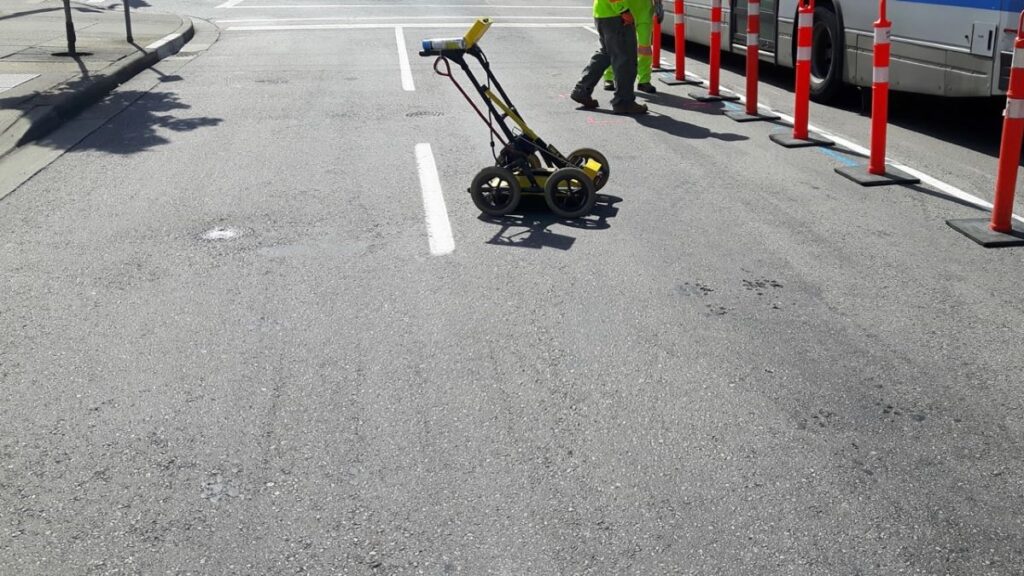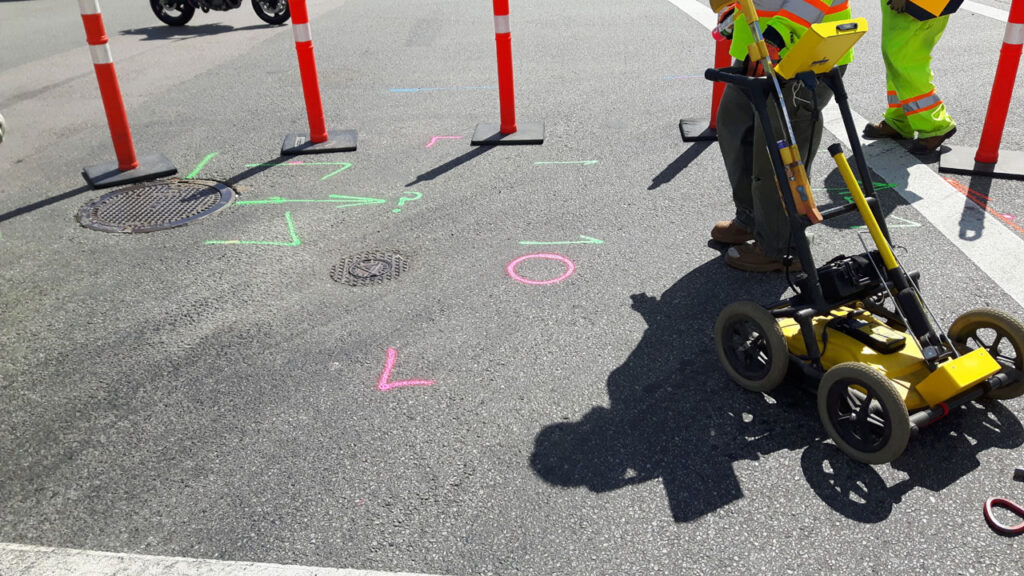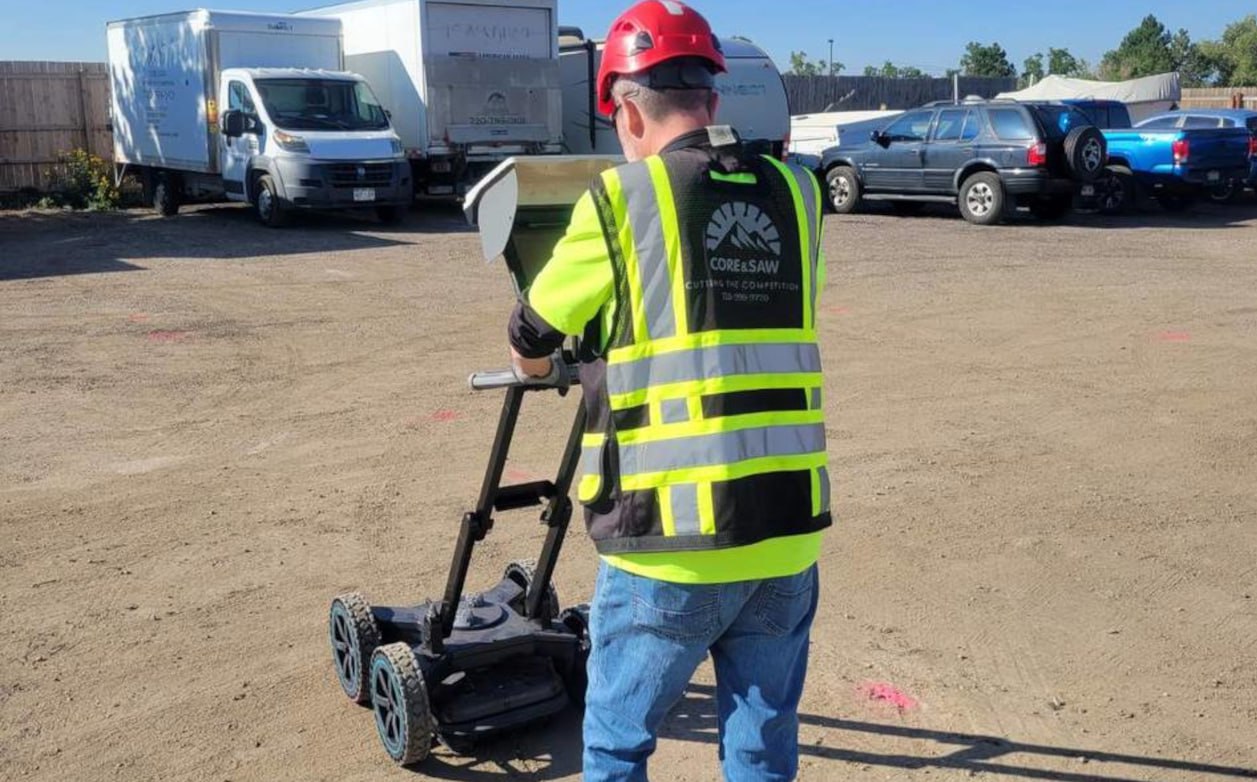The Benefits of Underground Utility Locating for Builders
Underground utility locating is a crucial practice in the construction industry that provides builders with critical information about existing infrastructure buried beneath the ground. This knowledge enhances safety, efficiency, and cost-effectiveness in construction projects. Understanding the nuances of underground utility locating can greatly benefit builders by facilitating informed decision-making and reducing potential hazards.
Understanding Underground Utility Locating
Underground utility locating is the process of identifying the precise location of buried utilities before commencing construction work. This includes pipelines, electrical conduits, telecommunications lines, and other vital infrastructure. Accurate locating is essential to ensure that construction activities do not inadvertently damage these utilities, leading to service disruptions and safety hazards.
What is Underground Utility Locating?
At its core, underground utility locating involves using specialized equipment and techniques to trace the location of utility lines buried beneath the surface. The process typically employs non-invasive methods such as electromagnetic detection, ground penetrating radar, and even acoustic detection methods. These technologies allow workers to identify utility lines without the need for excavation, reducing the risk of damaging them during construction.
Utility locating services are often engaged before construction begins or during excavation projects. Professional locators utilize comprehensive plans and onsite verification to ensure the information is accurate. This upfront investment in locating can save time and resources in the long run, as it minimizes the risk of unexpected utility strikes and the expensive delays they can cause. Moreover, the data collected during the locating process can be invaluable for future projects, as it creates a detailed map of existing utilities that can be referenced for years to come.
The Role of Underground Utility Locating in Construction
In construction, utility locating plays a pivotal role by improving project planning and risk management. Builders who invest in accurate utility locating can avoid costly delays, lawsuits, and damage to their reputation. By understanding what lies beneath the surface, construction crews can strategically plan their excavation activities, ensuring that work proceeds smoothly and efficiently.
Furthermore, utility locating supports compliance with legal and safety regulations. Many jurisdictions enforce strict guidelines that require builders to locate utilities before beginning excavation. This not only bolsters safety on job sites but also fosters good relationships with utility providers and local governments, as builders are seen as responsible and compliant parties. Additionally, the integration of advanced technologies such as Geographic Information Systems (GIS) allows for better data management and visualization of utility networks, enabling construction teams to make informed decisions based on real-time data. This technological advancement not only enhances the accuracy of utility locating but also streamlines communication between various stakeholders involved in the construction process, ensuring that everyone is on the same page regarding the location and status of underground utilities.
The Importance of Locating Underground Utilities for Builders
Locating underground utilities is not just an operational step but a vital aspect of project management that carries numerous benefits. Understanding the intricacies of why this practice is important can significantly impact a builder’s approach to any construction project.
Safety Concerns Addressed by Utility Locating
One of the most significant reasons for underground utility locating is to enhance safety on construction sites. Striking a live utility line, such as gas, electricity, or telecommunications, can lead to severe accidents, injuries, or even fatalities. Accurate locating ensures that crews are aware of the exact positioning of these utilities, allowing them to work safely around them.
Additionally, in the case of underground utilities that carry hazardous materials, the potential for leaks or spills poses a serious health risk. By locating and marking these lines before excavation, builders can take appropriate precautions to mitigate dangers, including implementing safety protocols and using proper protective equipment. Furthermore, the presence of underground utilities can also complicate emergency response efforts in the event of an accident. Knowing the locations of these utilities beforehand allows for quicker action and potentially life-saving measures.
Financial Implications of Ignoring Utility Locating
Ignoring the necessity of utility locating can lead to dire financial consequences. Aside from the immediate costs associated with damage to existing utilities, there are far-reaching implications such as project delays, legal fees, and increased insurance premiums. When an accident occurs due to a lack of utility locating, the financial burden often goes beyond minor repairs.
Moreover, builders may also face fines from regulatory agencies if they fail to adhere to safety and utility locating regulations. Such costs can accumulate rapidly, making it imperative for builders to integrate utility locating into their operational budgets as a preventive strategy rather than a reactive one. Additionally, the reputational damage that can arise from incidents related to utility strikes can deter future clients and partnerships, further impacting a builder’s bottom line. Investing in proper utility locating services not only safeguards the project but also enhances the builder’s credibility in a competitive market.
The Process of Underground Utility Locating
The process of underground utility locating involves several stages, each designed to ensure the highest level of accuracy and safety. By following a structured approach, builders can effectively manage potential risks associated with buried utilities.
Equipment Used in Utility Locating
Numerous specialized tools are employed in the underground utility locating process. These tools range from electromagnetic locators that detect metallic pipes and cables to ground-penetrating radar (GPR) systems that visualize non-metallic utilities. Advanced technologies, such as GPS systems, are increasingly being integrated into utility locating to enhance precision and mapping capabilities.
Each piece of equipment has its strengths and applications, depending on the specific characteristics of the underground utilities being targeted. Trained professionals determine which tools to use based on the project’s unique requirements, soil conditions, and utility types. For instance, while electromagnetic locators are excellent for tracing metallic utilities, GPR is particularly useful in locating plastic pipes, concrete encasements, and other non-metallic structures. The choice of equipment can significantly influence the success of the locating process, making the expertise of the operator crucial.

Steps Involved in Accurate Utility Locating
Accurate utility locating follows a series of critical steps to ensure thoroughness and reliability. These steps typically include:
- Gathering existing utility maps and records.
- Conducting a site survey to assess local conditions.
- Using the appropriate detection equipment to locate utilities.
- Marking the locations clearly on the ground for easy reference.
- Documenting the findings and providing a detailed report to stakeholders.
This systematic approach enables builders to have a comprehensive understanding of what lies underground and to plan their projects accordingly. Furthermore, the documentation process is not merely a formality; it serves as a critical reference for future construction or excavation activities. By maintaining accurate records of utility locations, potential hazards can be mitigated in subsequent projects, thereby promoting a safer working environment. Additionally, the information collected can be invaluable for municipal planning and infrastructure development, helping to streamline future utility installations and maintenance efforts.
Moreover, the importance of communication cannot be overstated in the utility locating process. Engaging with utility companies and local authorities before commencing work can provide further insights into the existing utility landscape. This collaboration can lead to more effective planning and execution, reducing the likelihood of unexpected utility strikes that can cause project delays and additional costs. As urban areas continue to grow and evolve, the demand for precise utility locating will only increase, highlighting the need for ongoing training and development in this specialized field.
The Benefits of Utility Locating for Different Types of Construction Projects
Underground utility locating provides distinct advantages to various types of construction projects, whether residential, commercial, or infrastructure-related. Understanding these benefits can help builders optimize their project planning and execution.
Benefits for Residential Construction Projects
For residential construction projects, utility locating is particularly vital due to the proximity of utilities to homes and the potential hazards involved. Accurate locating ensures that homebuilders can avoid damage to essential services such as water lines and electricity, which can disrupt not only the construction work but also the day-to-day lives of future homeowners.
Moreover, being proactive in utility locating can enhance property value in residential developments by ensuring compliance with safety regulations and minimizing the risk of future service interruptions. Homebuyers often prioritize properties that are built with a focus on safety and regulatory compliance, making utility locating an invaluable aspect of residential construction.
Benefits for Commercial Construction Projects
In commercial construction, the stakes are even higher. Large-scale projects typically involve more intricate utility networks, and the ramifications of utility strikes can be more severe. By investing in utility locating, commercial builders can ensure uninterrupted progress and shield themselves from potential legal and financial repercussions.
The impact of utility locating on timelines is particularly noteworthy. By proactively identifying utility locations, builders can maintain tight schedules, meet project deadlines, and fulfill contractual obligations. This not only saves money but also enhances the builder’s reputation in the competitive market of commercial development.
Overcoming Challenges in Underground Utility Locating
While underground utility locating is essential, it comes with its own set of challenges that builders must navigate effectively. Awareness of these challenges and strategies to overcome them is crucial for successful project execution.

Dealing with Inaccurate or Outdated Utility Maps
One major challenge in underground utility locating arises from inaccurate or outdated utility maps. Many existing maps can be incomplete or incorrect, leading to confusion and potential hazards during excavation. To mitigate this issue, builders should prioritize engaging professional utility locating services that have access to the most current and comprehensive data available. Click here to get about utility inspection and it’s importance.
Additionally, performing site surveys and using real-time detection technologies can supplement outdated maps, ensuring that even legacy utilities are accurately located. The combination of expert knowledge and advanced technology is essential in overcoming the challenges posed by unreliable documentation.
Handling Difficult Terrain and Weather Conditions
Difficult terrain and adverse weather can complicate the utility locating process, as environmental factors might obscure utility signals or limit equipment functionality. Builders can counteract these challenges by adopting flexible strategies and utilizing equipment specifically designed to operate under various conditions.
In instances of tough weather, it might be beneficial to consult with local utility providers for insights about known issues and existing resources. Collaboration and communication can often yield solutions that help navigate the complexities of both terrain and weather, ultimately enhancing the effectiveness of utility locating efforts.
In conclusion, underground utility locating offers considerable benefits for builders by promoting safety, reducing financial risks, and ensuring compliance with regulations. By understanding the process and value associated with utility locating, builders can enhance their project efficiency and safeguard both their interests and those of the communities they serve.

